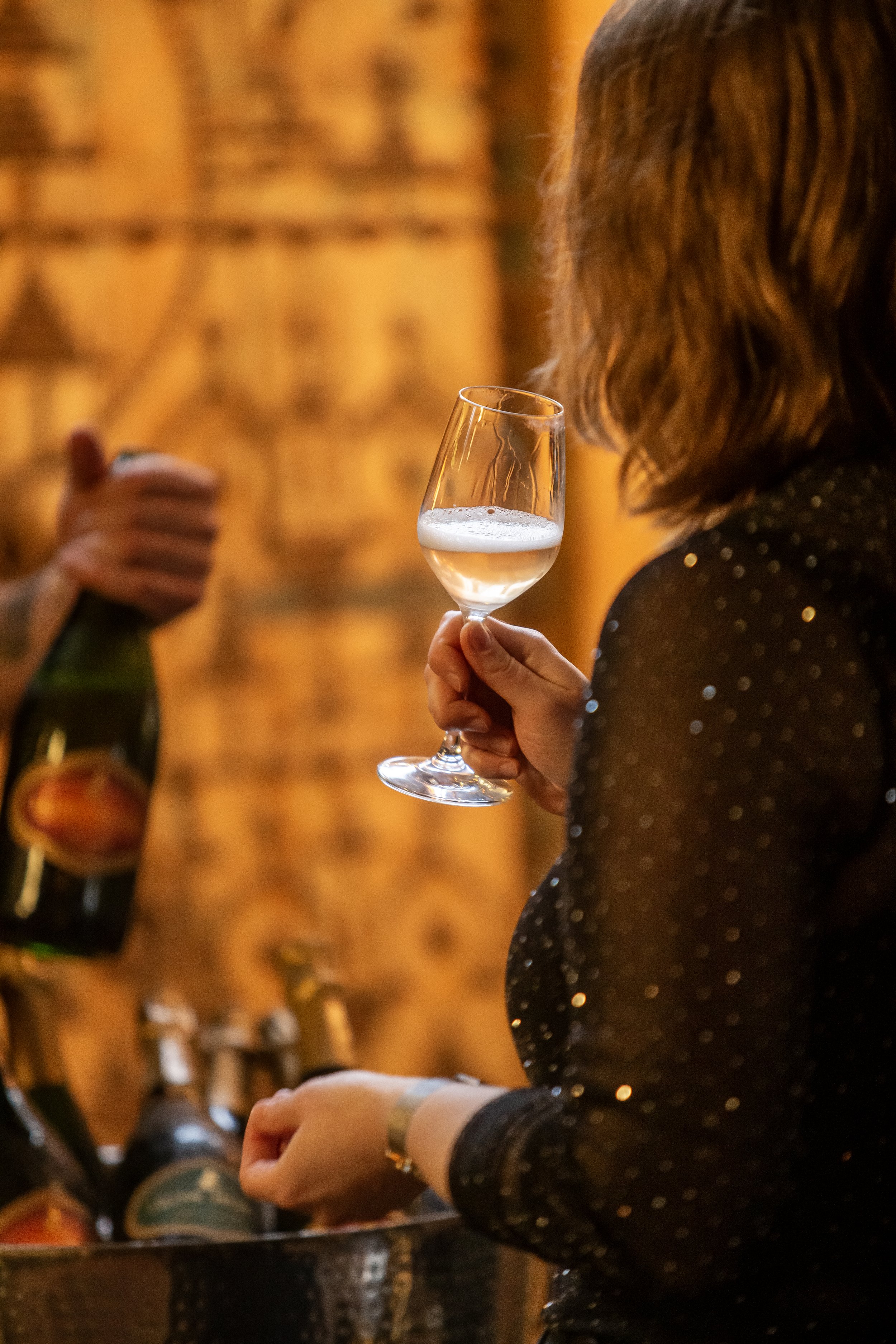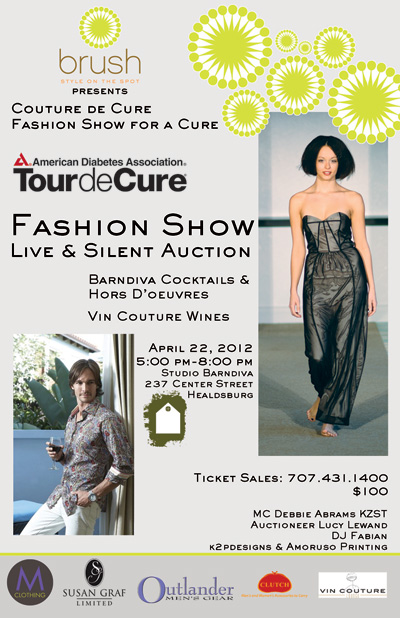Turns out you can do a great many things with apples besides eating one a day to keep mortality at bay. You can juice ‘em, of course, but incredibly, without adding anything at all except labor, time, and TLC, you can also make sweet and hard cider, apple syrup, apple cider vinegar and aged apple balsamic.
Following our unwritten mantra here at Barndiva to never do anything at half measure when we can over-extend and really drive ourselves crazy, we went full monty on our apples this year. In the next few months we will attempt to make ALL of the above. What the hell, right?
We’ll keep you posted on the results as the kitchen and bar concoct dishes and cocktails from fresh juice and syrup while we slowly ferment in drums and barrels the bulk of what we juiced for apple cider vinegar, and down the road, balsamic. The good thing about a labor of love is that even when heavy on the labor, as this one certainly was, whatever happens, you get to keep the love. Which is pretty much what we all felt on Tuesday Sept. 23, a balmy Fall kissed afternoon that was equal parts exhausting and exhilarating. We were blessed to have been invited to use an apple press just 2 miles down the Philo-Greenwood Road from the farm, at the gorgeous Philo Apple Farm, where Karen and Tim Bates and their children have been good neighbors and great friends for three decades. Full disclosure: Tim and Karen had agreed to mentor us on the fine art of cider and vinegar making after dinner and a long night of drinking upstairs at the Barn a few months ago. We laughed about it afterward but the truth is they've always been generous sharing the skill set they've gained over the years slowly transforming 40 overworked acres of commercial apples into an organic, bio-dynamic, heirloom fruit and vegetable farm where they also excel in design, gardening and hospitality in ways that are off the hook yet somehow classically sublime. I do not use that word blithely. The Philo Apple Farm is a treasure.
Karen would be the first to tell you that in the remarkable way they always offer encouragement they are only following customs endemic to most small family farm communities, where sharing hard won knowledge is a badge of honor as much as a way to pass time; where time itself, that most precious commodity for a farmer, is mutable when it comes to lending a hand.
The Bates agreed to open their press to us during their very busy harvest, when pressing and jamming their apples and fruit is almost nonstop, so that our chefs - always eager to get closer to the ‘farm’ part of our farm to table ethos - could participate.
Their beautiful old press sits above the Navarro River shaded by plane trees that refreshingly, for our evergreen side of Anderson Valley, act like trees should this time of year with leaves turning brilliant crimson yellow and gold. Everybody but little Rylee, the dogs and yours truly, handling the camera, threw their backs into it. Local radio KZYX was on low, playing Mexican dance music; the air was redolent of wood smoke then, increasingly, sweetly pungent with the smell of freshly pressed apples. Five tons of them.
As tired as we all were at the end of the day, the only thing crushed were the apples. Spirits ran high as we carefully placed a half dozen 55 gallon drums into our lower barn where they will begin the process of losing their sugar, then alcohol, on the way to becoming vinegar and (hopefully, this part being a bit trickier) balsamic. We also have 100 gallons of fresh juice here in Healdsburg, the better to offer cocktails like “Why Bears Do It” to our customers through the year. We even managed to start ten gallons of hard cider - an experiment which has been a long time coming. The only thing on our wish list it looked like we would not accomplish, reducing fresh juice for eight hours to made something approximating the ethereal apple syrup the apple farm produces, Rita Bates, rare and beautiful creature at heart that she is, took on for us. Heavy brown glass jugs of it now sit in pride of place in Barndiva's pantry to be used in desserts and savory dishes like apple glazed whole roasted chicken. Yum.
Barndiva would like to give a big shout out to Tim Bates for opening the press on a Tuesday and also finding the time to help us move our apples from farm to farm; to the awesome Sophia Bates, who like her mum makes it all look easy even when its not; to Rita, Jerzy, and Lauren, and most especially to Vidal Espinoza, our farm manager of thirty years who spent weeks picking and mixing the heirloom varieties that give our juice - and now hopefully our vinegar and balsamic - its unique, dry farmed ridge-top flavor profile.
And, as ever, I’d like to thank chefs Fancher, Wycoff and Mulligan, who despite being in the middle of an exhausting summer season here at Barndiva showed up on their day off to crush apples with us. This was truly a family affair we will remember and cherish.
Studio Barndiva’s multi talented manager Dawid Jaworski edited my images into the 2 minute video of what crush looked like on that resplendent Fall day.
Drink the View!
Geoffrey, Lukka, Daniel and Jil












